Latst News and Blog
The History of Borstals in England - Part 6 - Medical Care

28/10/2024
Dan Ewers is a PhD researcher based at the University of Leeds. During 2023 he explored the archives held at the National Justice Museum researching the history of borstal institutions in the United Kingdom. In this blog, we’re going to be taking a closer look at the medical care of juveniles in borstals.
Medical care was typically provided by an appointed Medical Officer, who oversaw the health of all juveniles within the borstal. Dentist and opticians often visited borstals to provide care as needed, as well as supplying juvenile patients with dentures and spectacles. New arrivals to borstals typically underwent a medical exam at an allocation centre. Medical officers would check for signs of malnutrition, conduct tests for venereal or infectious disease, and record medical information relating to family history, height, intelligence, and weight.

Wormwood Scrubs Surgical Theatre
Many borstals had a hospital building on site, where juveniles would typically receive treatment for minor ailments or spend time recovering from injuries or diseases. For more advanced medical care such as major operations, individuals would typically be sent either to specialised institutions such as the hospital at Wormwood Scrubs Prison in London (see the photos in this blog for a look at what the hospital at Wormwood Scrubs would have looked like) or to local hospitals as in the case of Gaynes Hall boys being sent to St Neots Hospital for treatment. Once the treatment had been carried out, boys would then be returned to the borstal where they would often recover in the sick bay. According to Prisons and Borstals, published in 1950, there was ‘ample provision in the prison for dealing with all normal midwifery cases, and their ante- and post-natal care, but women are allowed to enter public hospitals for the period of their lying-in if they so desire’. As a result, many women opted to give birth in external hospital locations outside of the prison estate.

Feltham Borstal, a Specially Designated Psychiatric Borstal in London
Many borstals also functioned as sites for the psychiatric assessment and care of juveniles. Feltham, a designated psychiatric borstal, often received borstal boys who had been assessed to be either medically or psychologically unsuitable for other borstal sites and required medical supervision. Records in the National Justice Museum also highlight how some borstal boys would be transferred to sanatoriums to receive psychiatric treatment upon assessment by medical staff.
The Gaynes Hall Visitor Reports held within the archives at the National Justice Museum can offer us some further insights into the medical care of juveniles in borstal. Visitors regularly reported on the general fitness of the juveniles, as well as outlining the numbers recovering in the institution sick bay, usually due to seasonal infectious diseases or injuries sustained through sport or work. Juveniles were also reported to have been sent to local hospitals for treatment in the case of needing operations, such as for the removal of the appendix or tonsils. Visitors to Gaynes Hall appear to have been generally impressed with the overall good health of the borstal lads on their inspections. The Visitor Books in the National Justice Museum’s archives record how many individuals were in the sick bay at the time of the inspection, but also regularly featured comments like ‘the general fitness of the lads, as indicated by the empty hospital, was confirmed by their appearance when I saw them at their mid-day meal’ (27 April 1950). Often, the empty sick bay was taken as an indicator of general good health.

An X-Ray being taken at Wormwood Scrubs Prison, where Borstal Boys would often receive medical care, c.1960s.
Gaynes Hall borstal appears to have been also involved in broader public health programmes throughout its lifetime. In 1955, The Mass Radiography Unit visited Gaynes Hall and it was reported that every single borstal lad was scanned. These mass radiography units would use x-rays to examine individuals who otherwise appeared healthy for internal indicators of disease, such as signs of tuberculosis. The same year, following one diagnosis of Weil’s disease at Gaynes Hall (an infectious disease spread by rats), the Pest Officers of the Ministry of Agriculture were brought on site to conduct an extensive disinfestation, finding evidence of the disease in the rats.
In line with other public health concerns, one newspaper article from 1974 reported that 73 boys from Gaynes Hall had given blood according to figures released by the National Blood Transfusion Service, a large proportion of the institution. In several instances, the annual Reports of the Commissioners of Prisons reported that, following a visit from the Blood Transfusion Service, there was a near 100% volunteer rate from the boys in the borstal, with the 1955 report stating that the ‘lads take great pride in their record cards and many I know have left here with the intention to continuing as blood donors’.

Medical Care at Wormwood Scrubs Hospital Site
Infectious disease was a considerable and recurring concern in borstals throughout their operation due to the close proximity of juveniles to one another. During the 1950s flu outbreaks, borstals reported influenza cases. The Report of Commissioners of Prisons 1951 reported that ‘epidemics of vary severity occurred in many establishments during the early months of the year and one death occurred at Bristol from Influenza Pneumonia’. Similarly, the Report of Commissioners of Prisons 1957 reported that during that year’s influenza epidemic that ‘most establishments were affected’ and that, although there were ‘few cases with serious complications’, two deaths were reported.
Prison rules could be strict in terms of controls to prevent infectious disease outbreaks. For example, in most cases clothes were boiled before being reissued to new arrivals and, in some cases, certain books from the on-site library were sometimes strictly reserved for those suffering from infectious disease, which would be thoroughly disinfected after their return. Special cells and treatment rooms were often provided for those who had been diagnosed with infectious diseases or who required alternative provision, such as those juveniles who had epilepsy and therefore required specially-adapted rooms.
This research has been produced by as the result of a 4-month REP placement at the National Justice Museum. Many thanks go to The National Justice Museum and the White Rose College of the Arts and Humanities for their support throughout this project.
OTHER NEWS AND BLOGS

The History of Borstals in England - Part 6 - Medical Care

UK-first bronze sculpture for Nottingham’s Broad Marsh Green Heart confirmed for early 2025

The History of Borstals in England - Part 5 - Education and Routine

The History of Borstals in England - Part 4 - Health

The History of Borstals in England - Part 3 - Food

Picture This: Hope - Blog by last year's residency winner, Francesca Hummler

The History of Borstals in England - Part 2 - Farming and Agriculture

The History of Borstals in England - Part 1 - Timeline

Find us on the Robin Hood Adventure Trail this summer

National Justice Museum announces judges for Picture This: Hope photography competition

National Justice Museum and City of Caves Win Tripadvisor® Travellers’ Choice® Award 2024

National Justice Museum, Nottingham, appoints four new trustees to its board

National Justice Museum celebrates the life of its patron Lord Judge
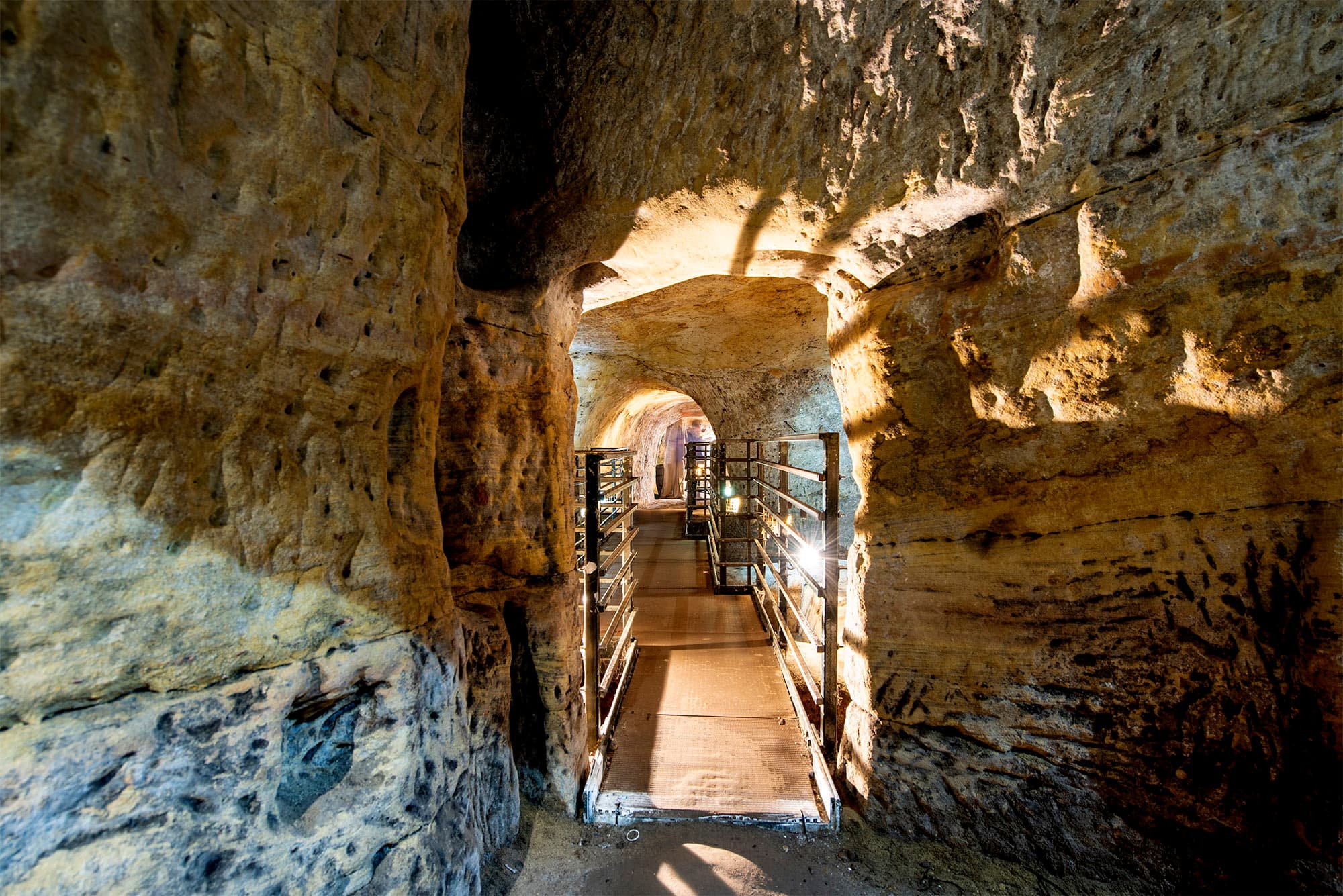
National Justice Museum and City of Caves Recognized as Tripadvisor® 2023 Travellers’ Choice® Award Winners
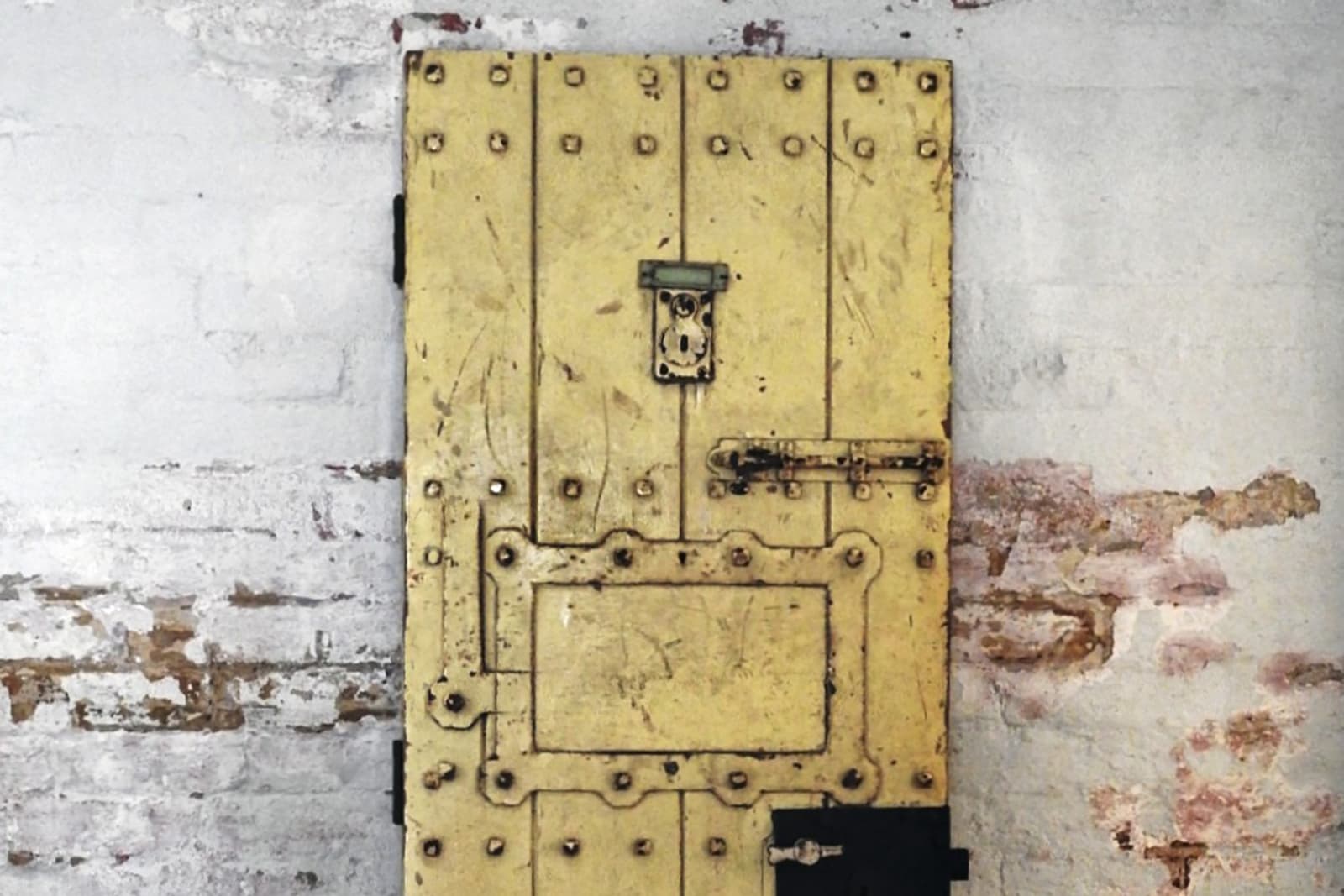
An iconic piece of LGBTQ+ history returns to public display at the National Justice Museum
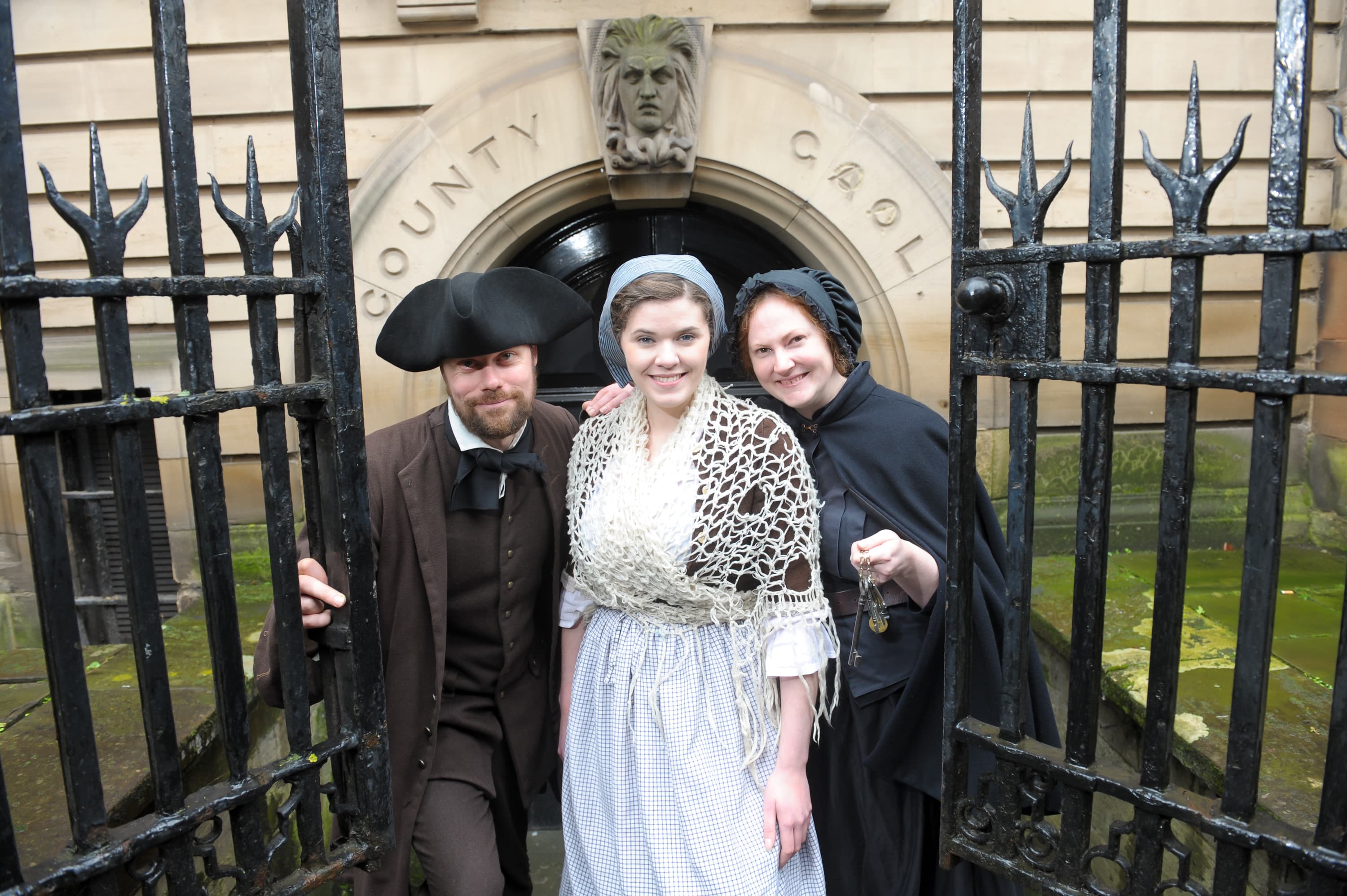
National Justice Museum is awarded a £249,996 grant by The National Lottery Heritage Fund
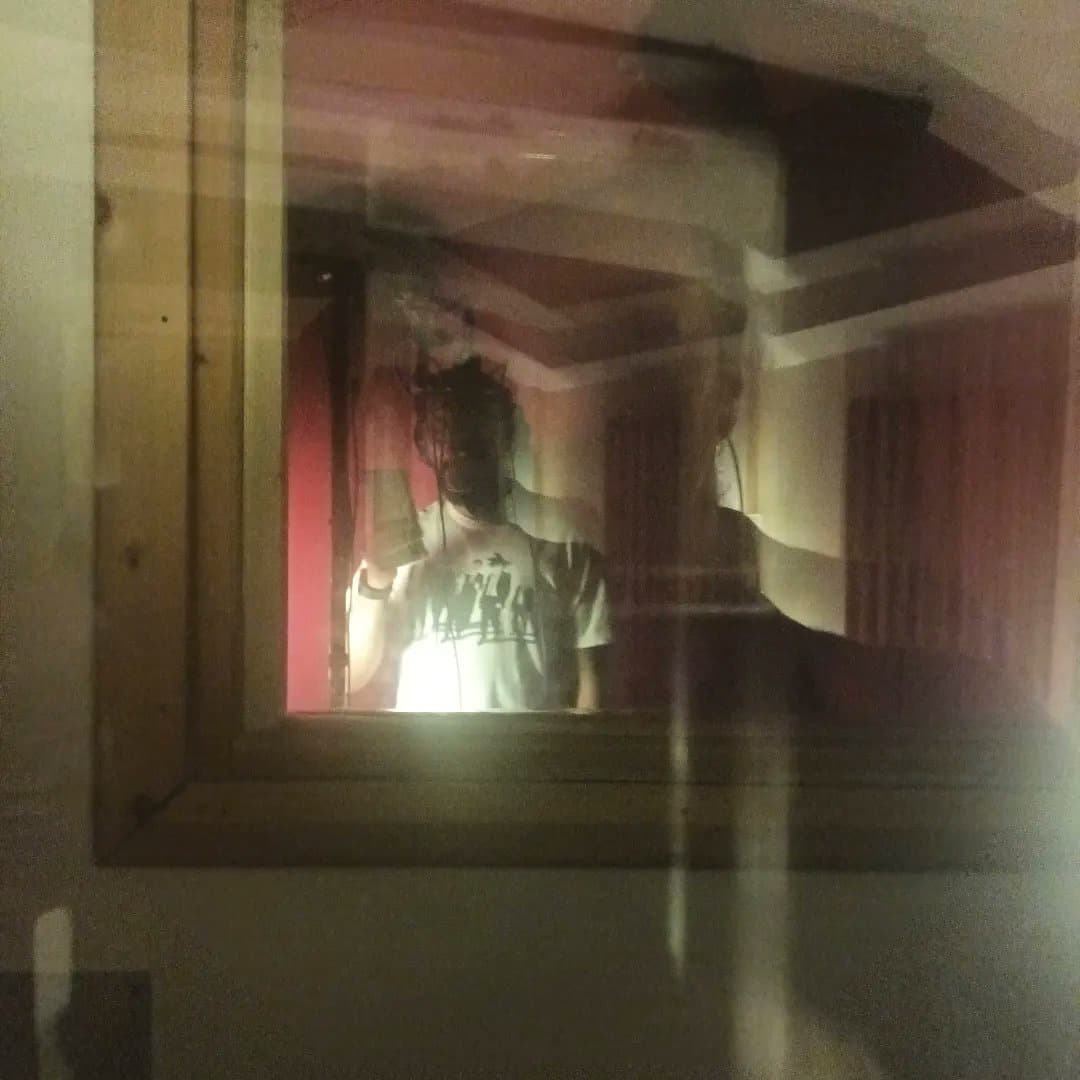
Immersive, site-specific performances come to the National Justice Museum for one day only
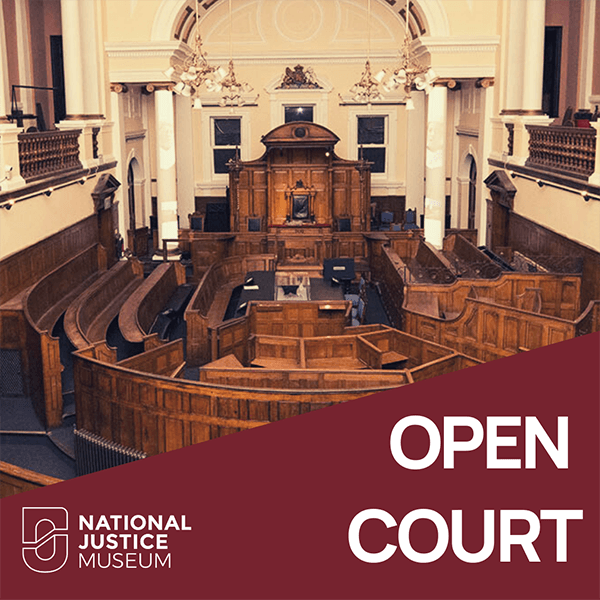
National Justice Museum's Open Court podcast back for a second season
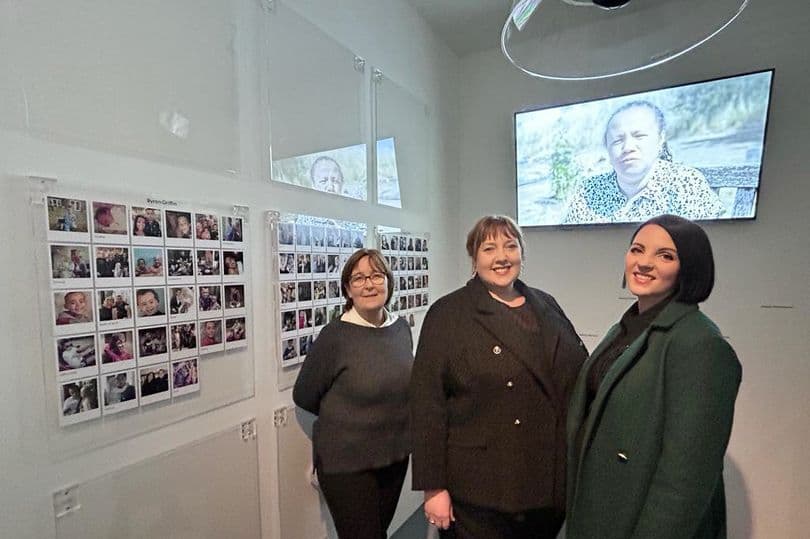
Family devastation brought closer to home in knife crime prevention workshops

National Justice Museum announce recipient of £1000 photography award
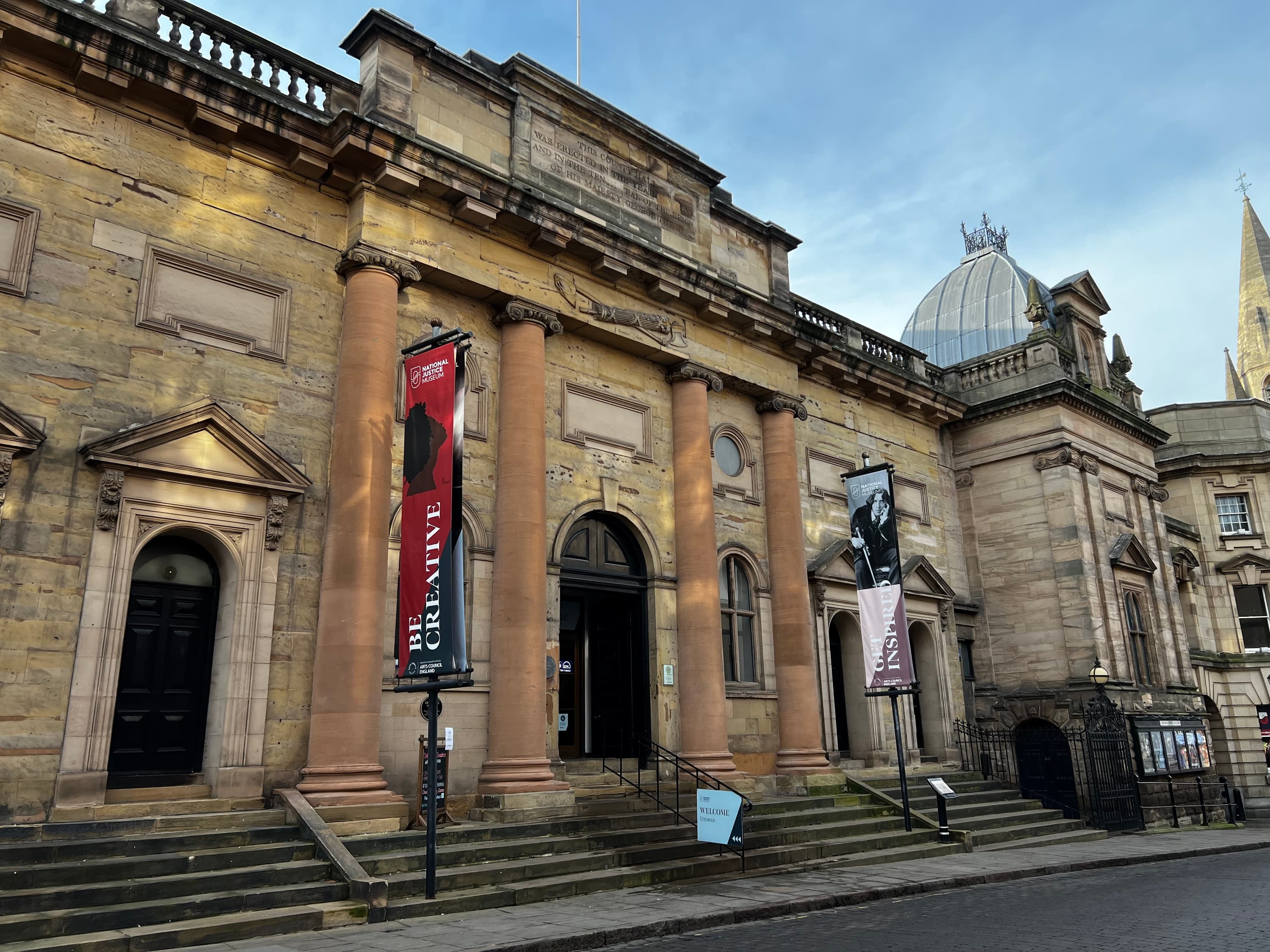
National Justice Museum recognised as one of England’s outstanding cultural organisations through Arts Council England’s National Portfolio

National Justice Museum’s new open-call photography exhibition, Freedom, to open in November

The National Justice Museum explores untold stories of Black presence
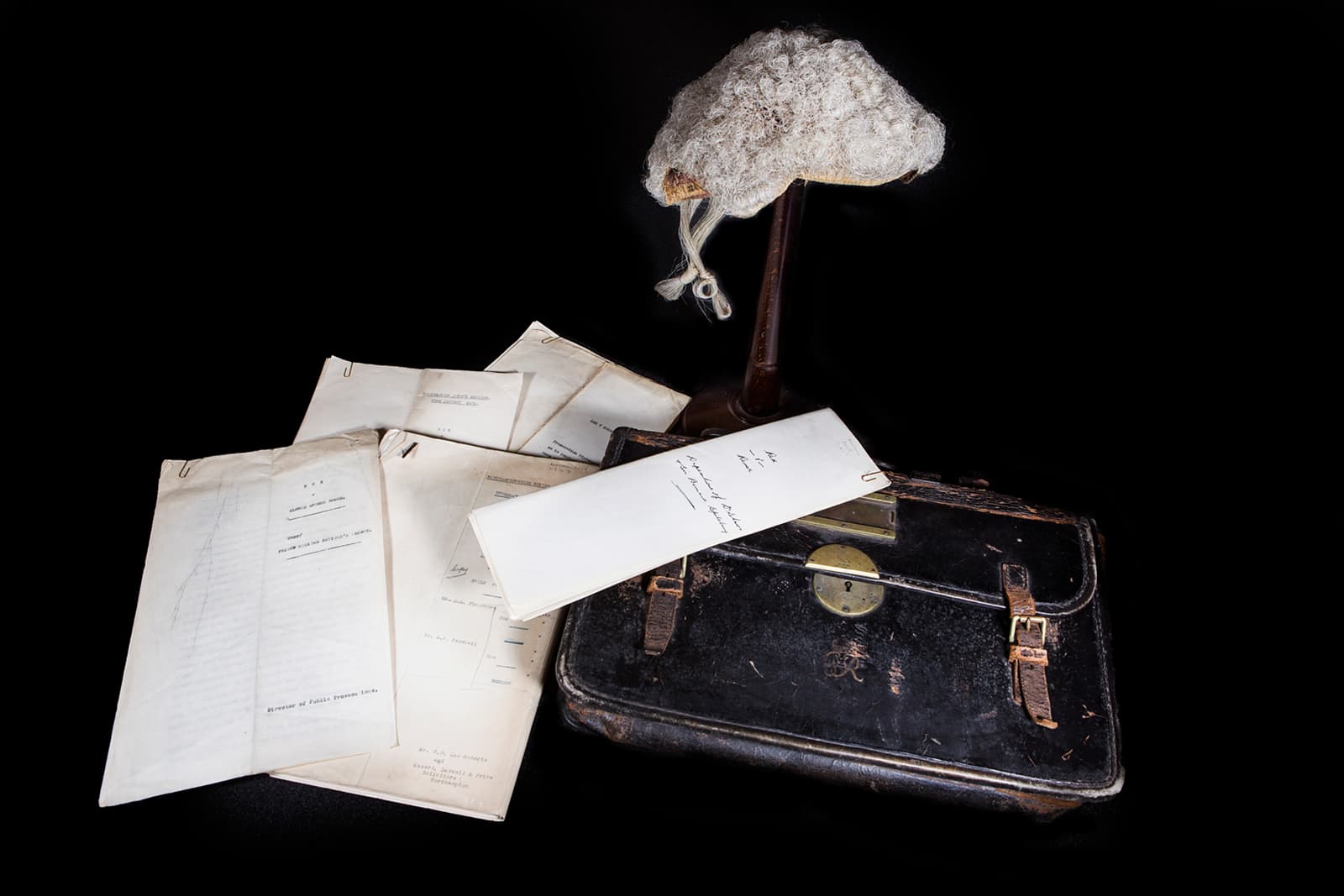
National Justice Museum opens call out for object donations from Black Legal Professionals
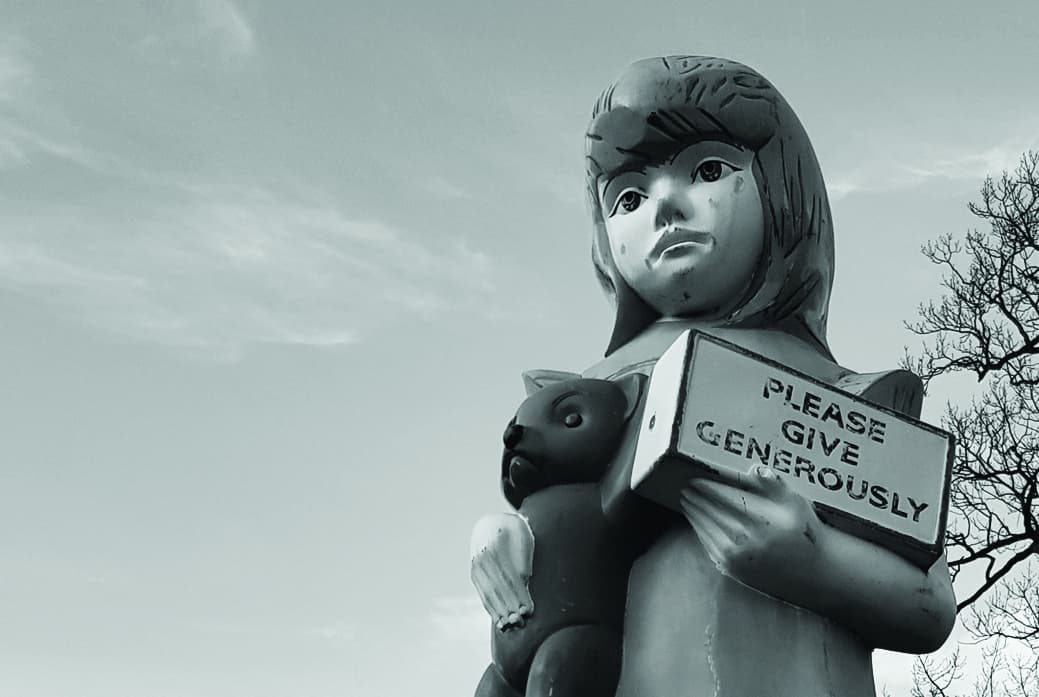
National Justice Museum announces judges for Freedom photography competition

National Justice Museum Wins 2022 Tripadvisor Travellers’ Choice Award

Rolls Building Art and Education Trust & The Technology and Construction Court Art Competition

National Justice Museum opens submissions for photography exhibition with a £1,000 prize at stake
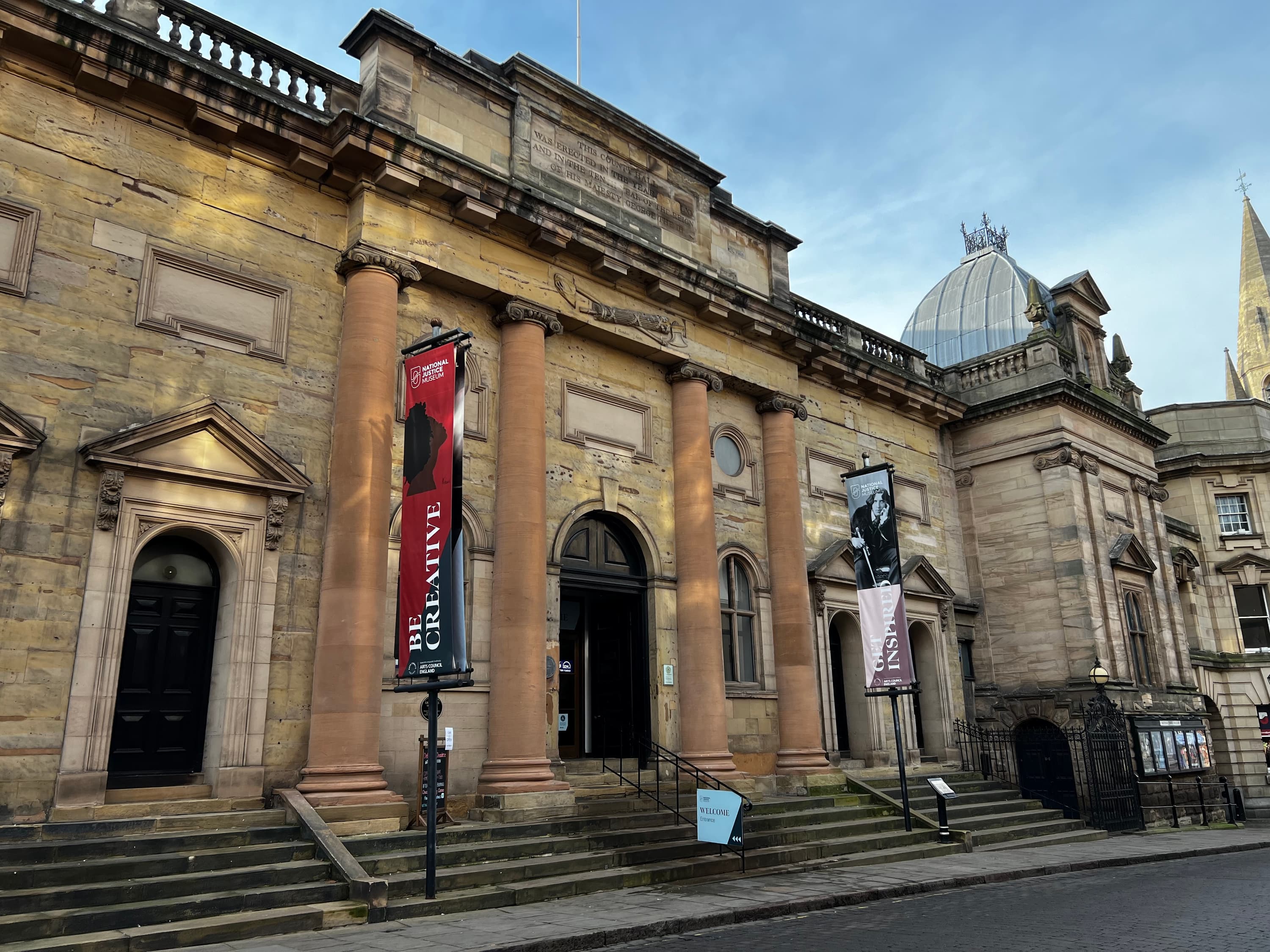
National Justice Museum to receive £362,900 in fund which helps safeguard nation's cultural heritage
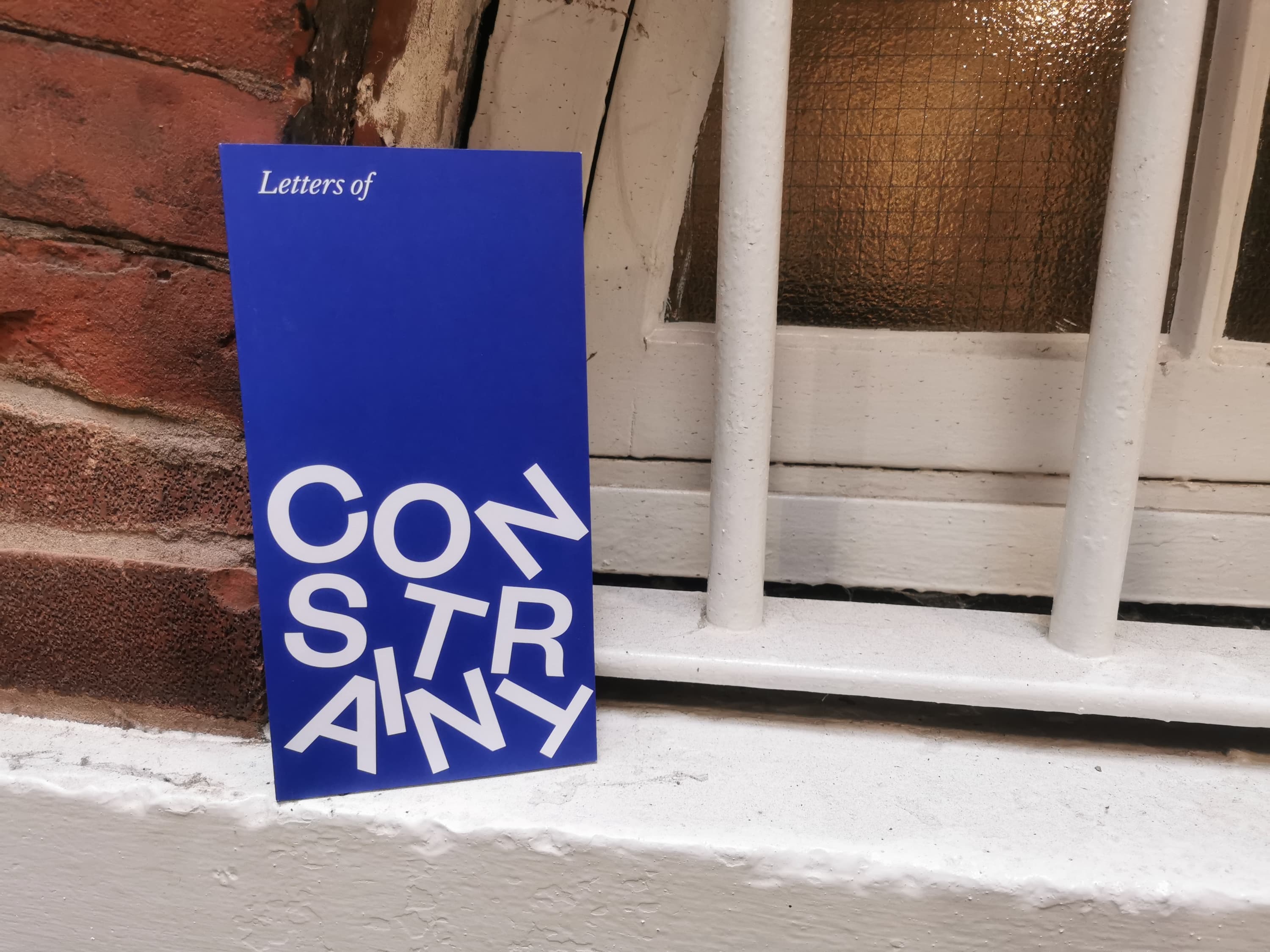
The National Justice Museum publishes Letters of Constraint
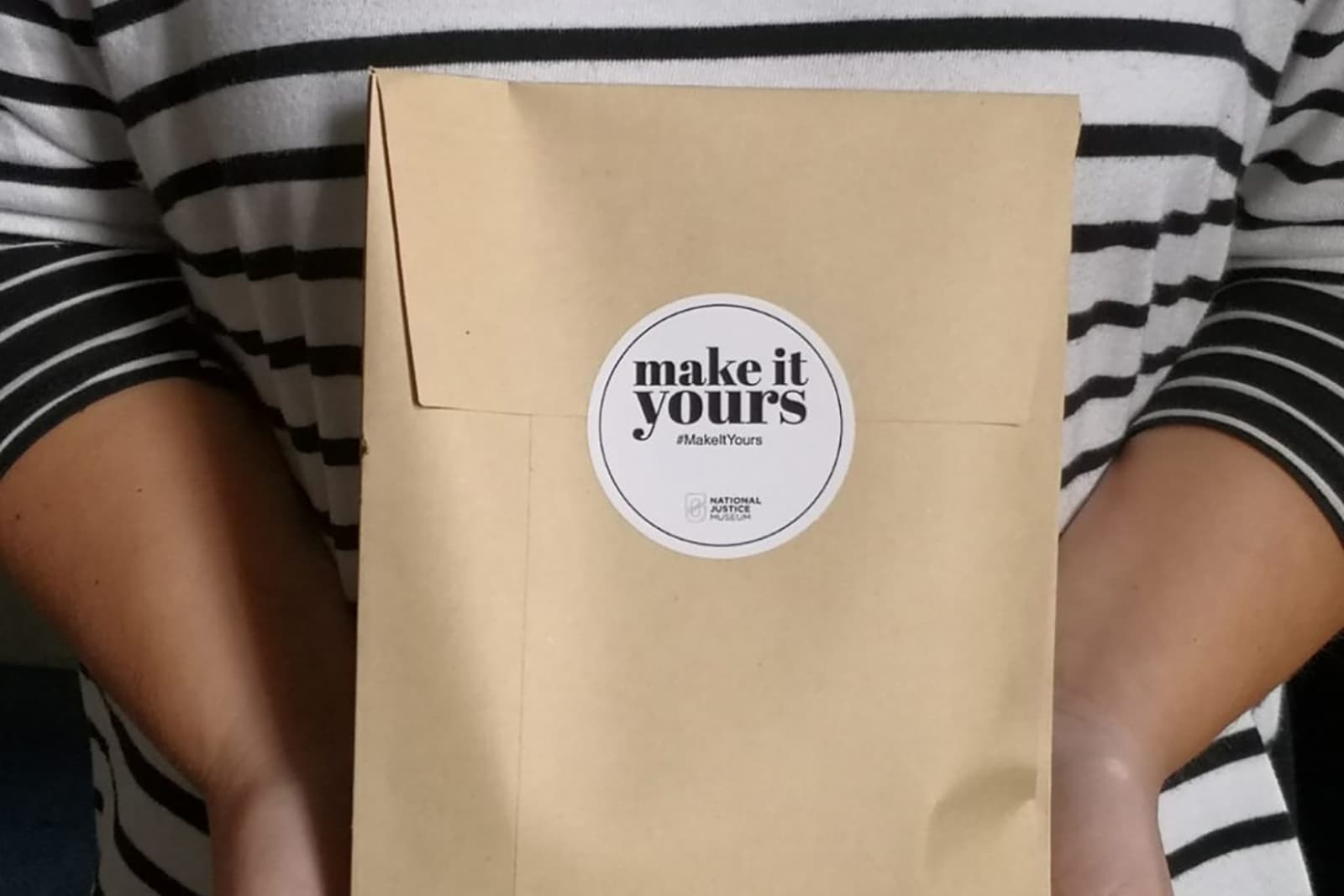
National Justice Museum wins Best Museums Change Lives Project at Museums Change Lives Awards 2021

Welcome back S.H.E.D!

‘Freed Soul’ letters

Justice week 2021

Ghost stories with Claire
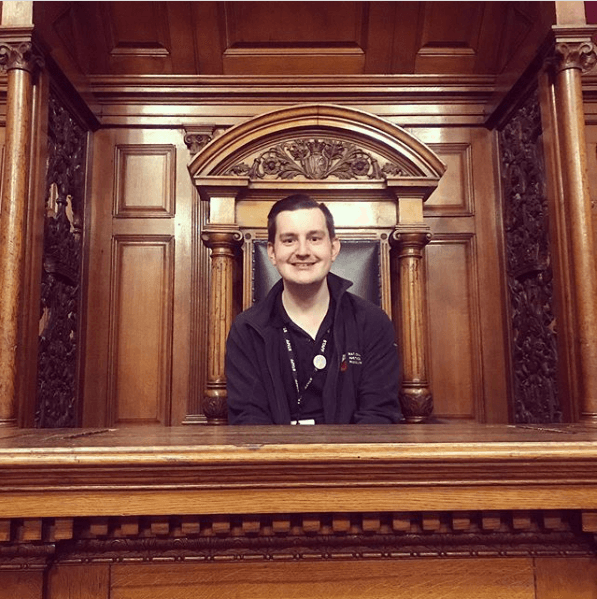
Autism and me

Staying proud
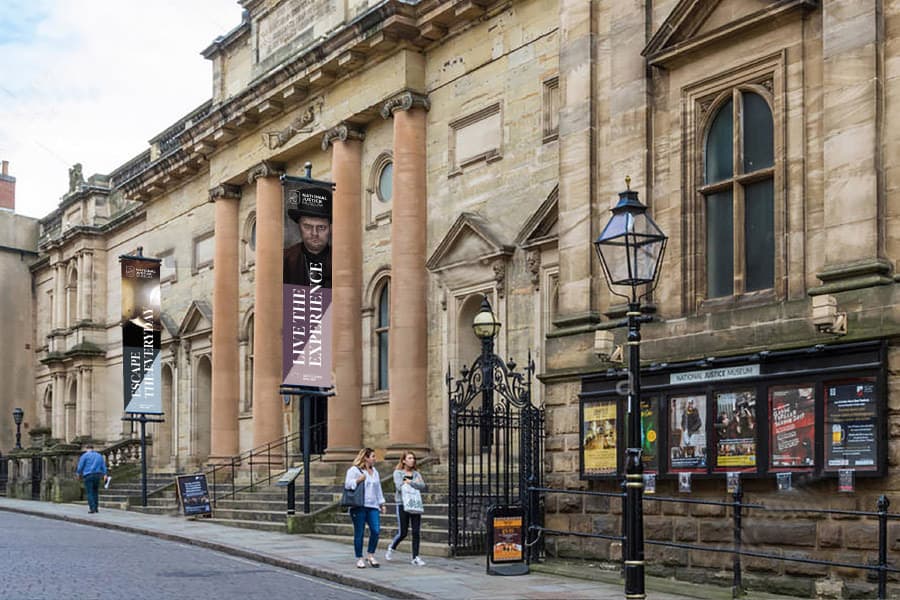
Ultimate travel list

The ‘Bloody Code’?





